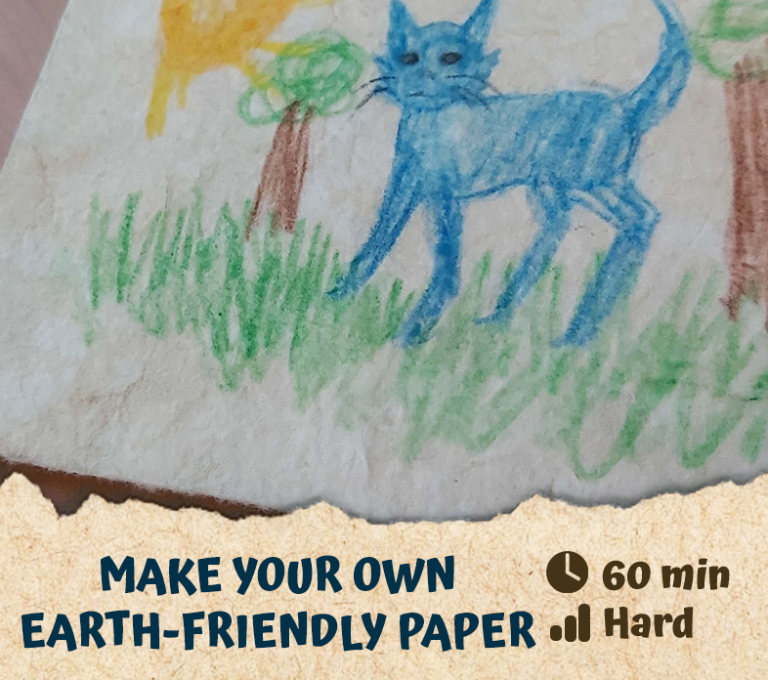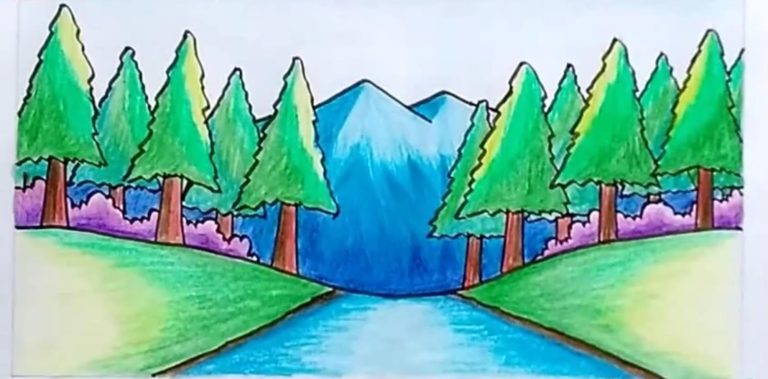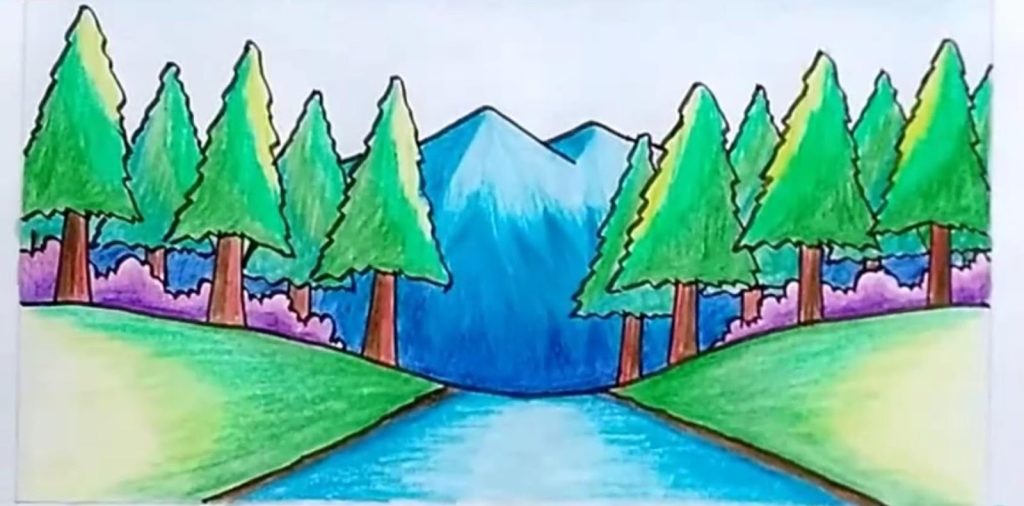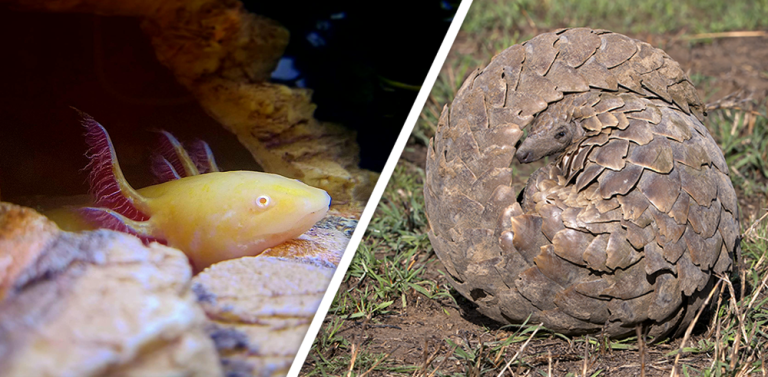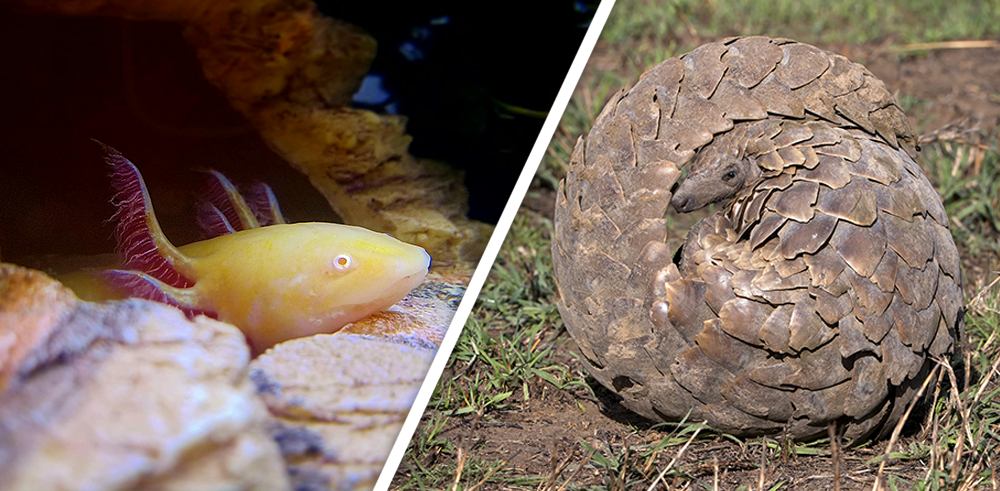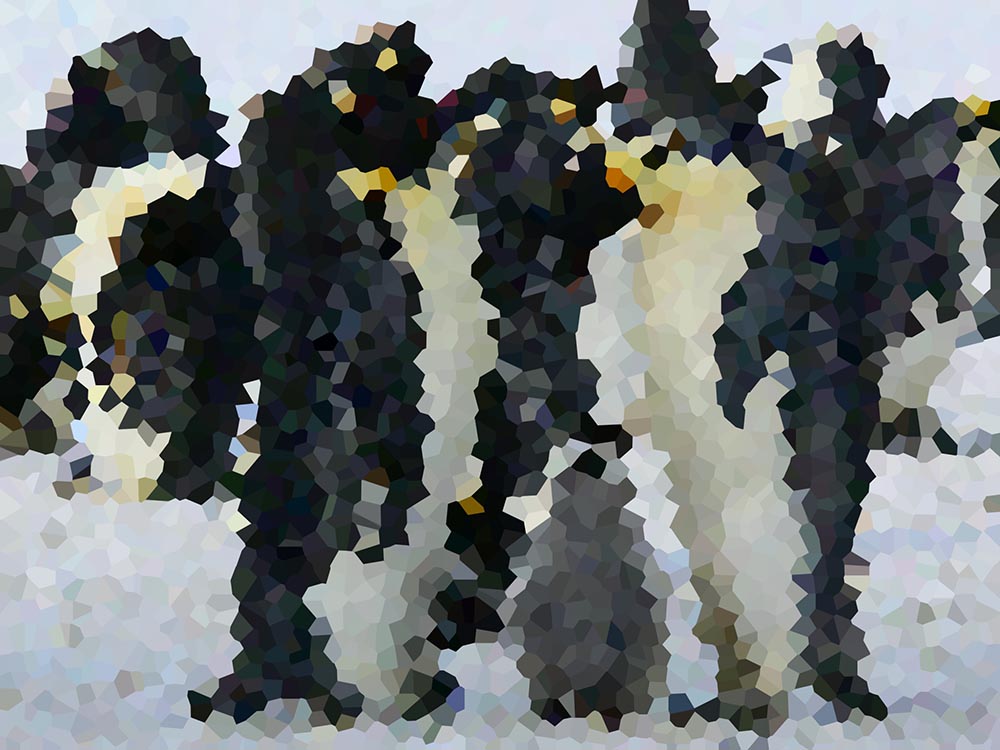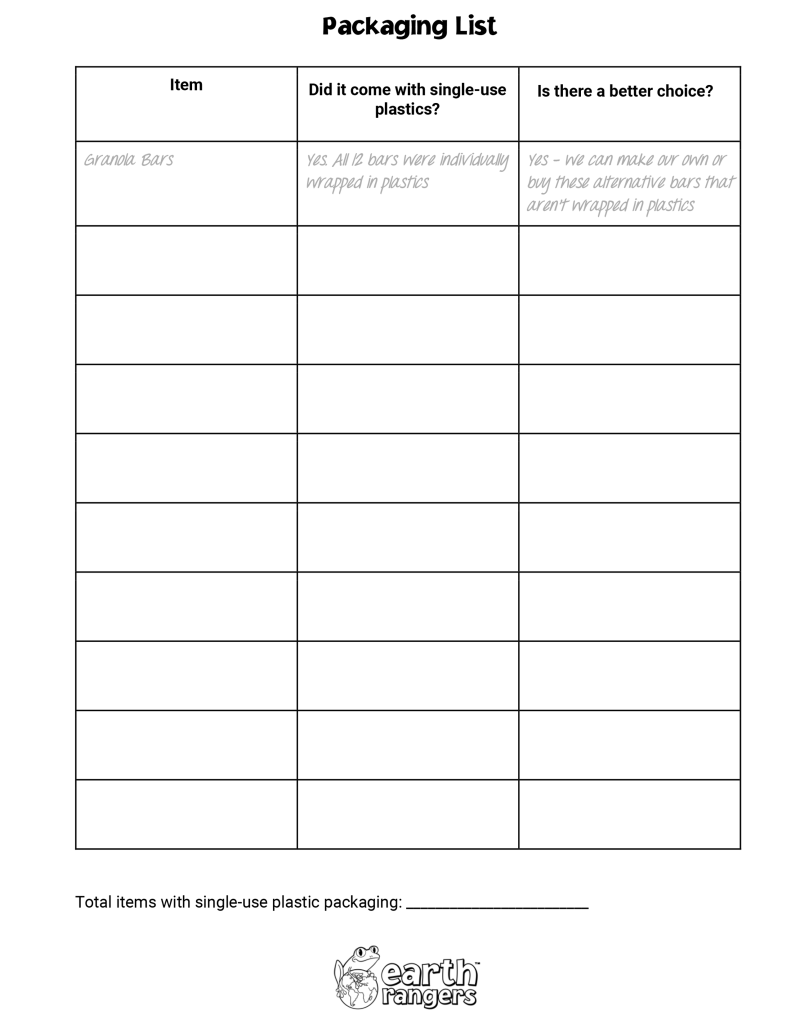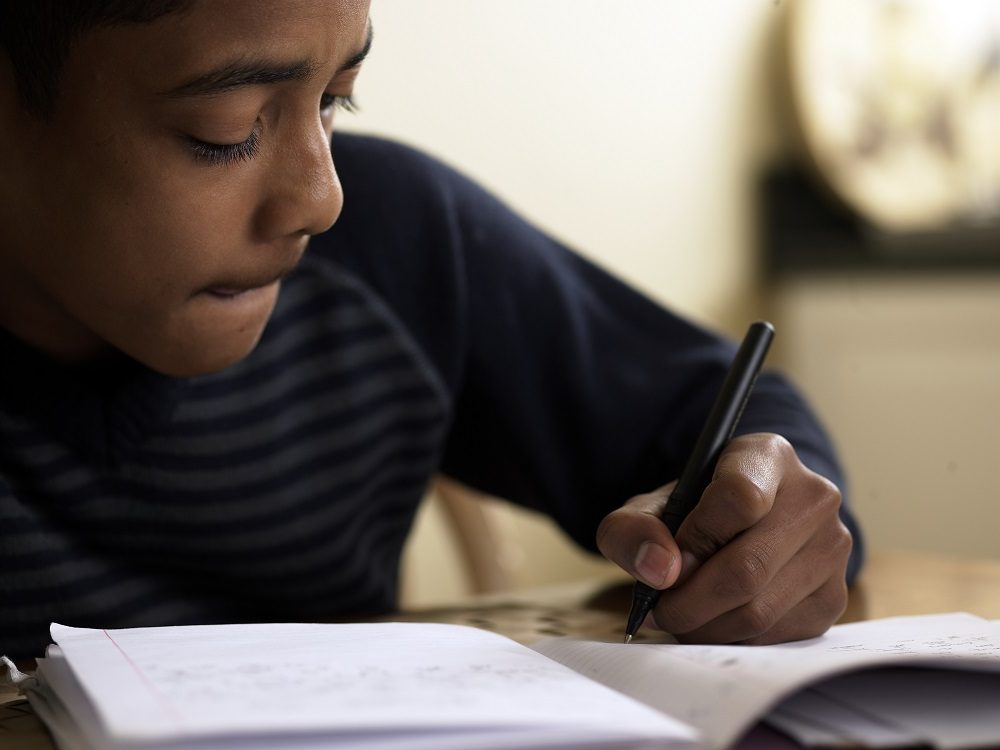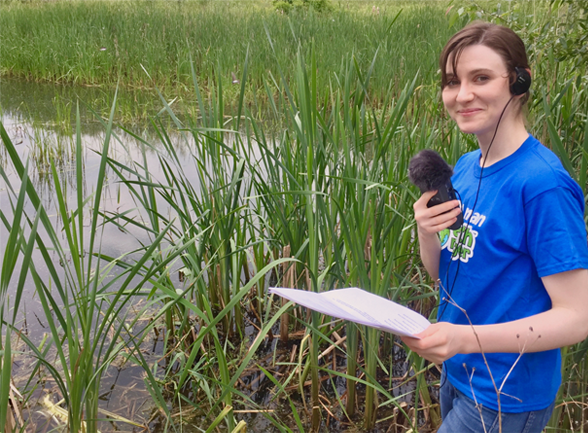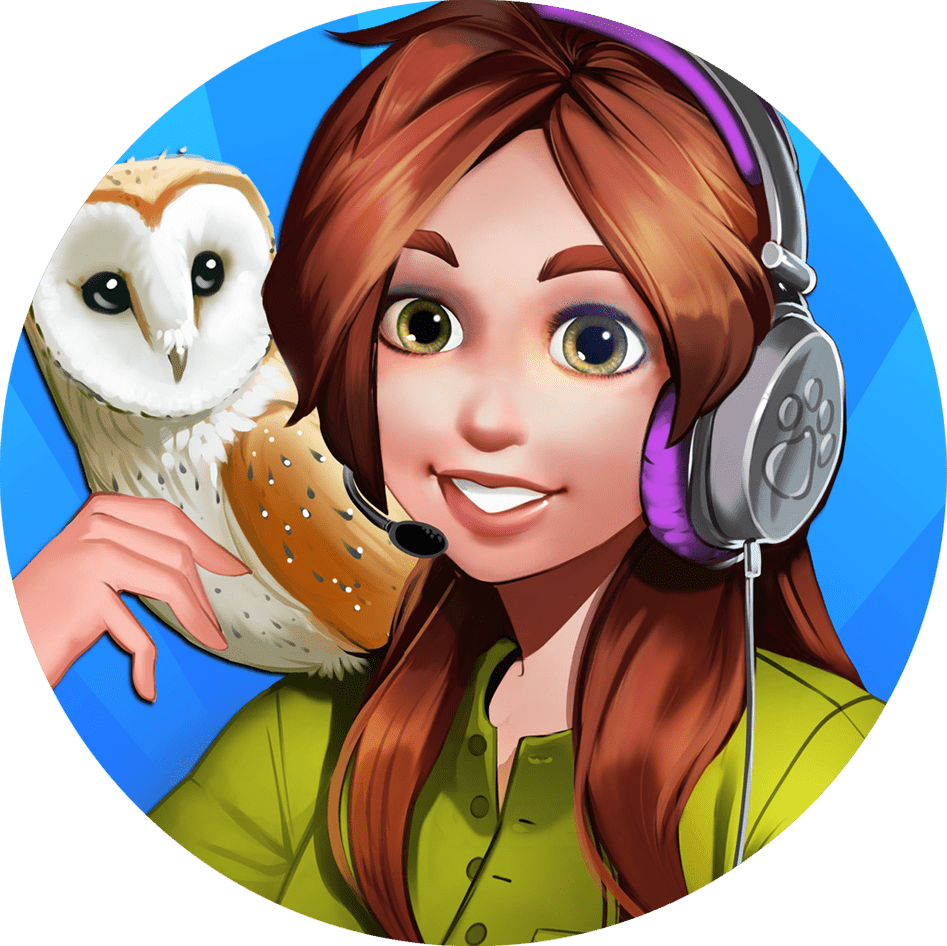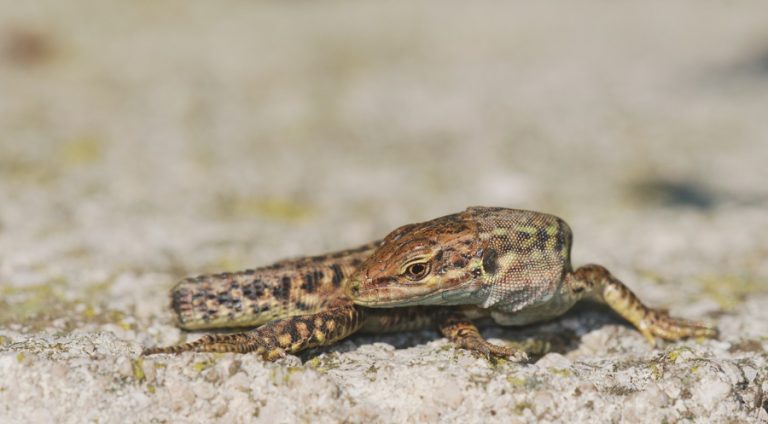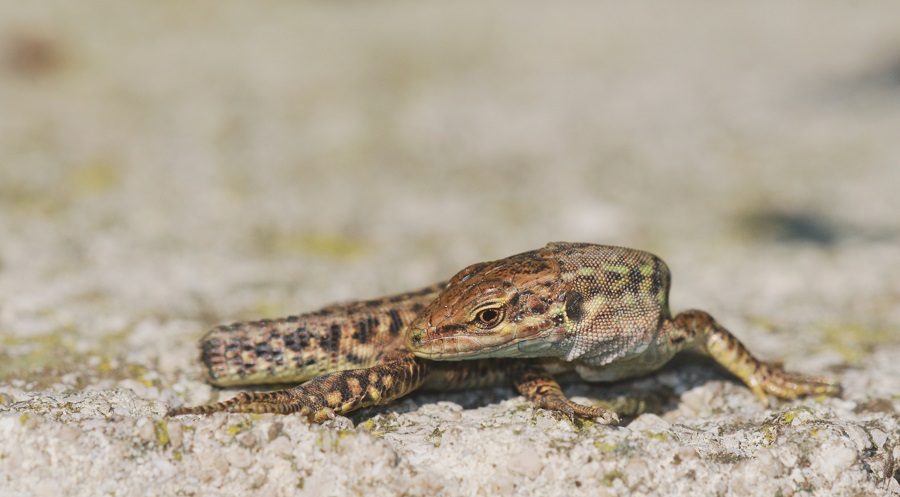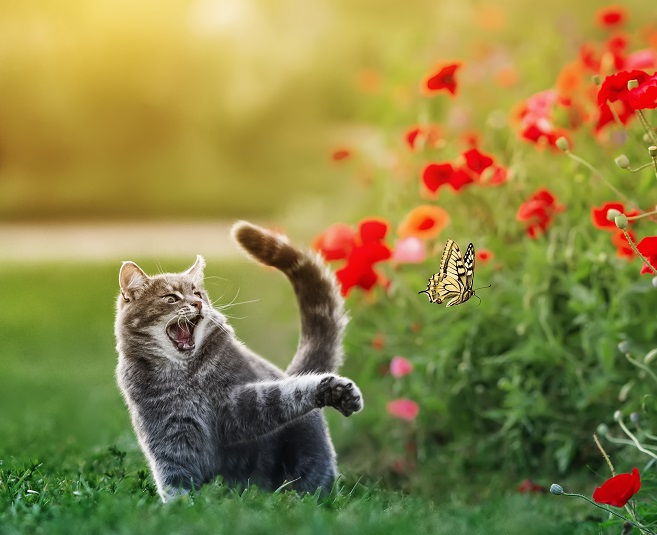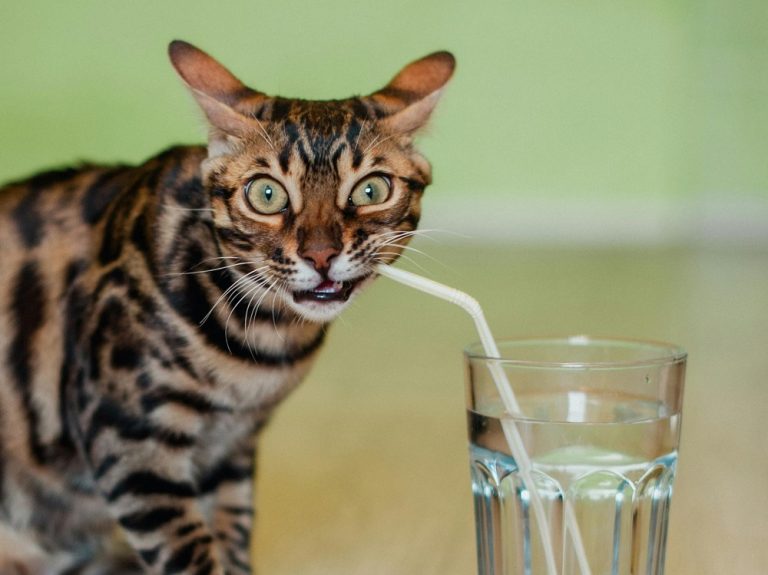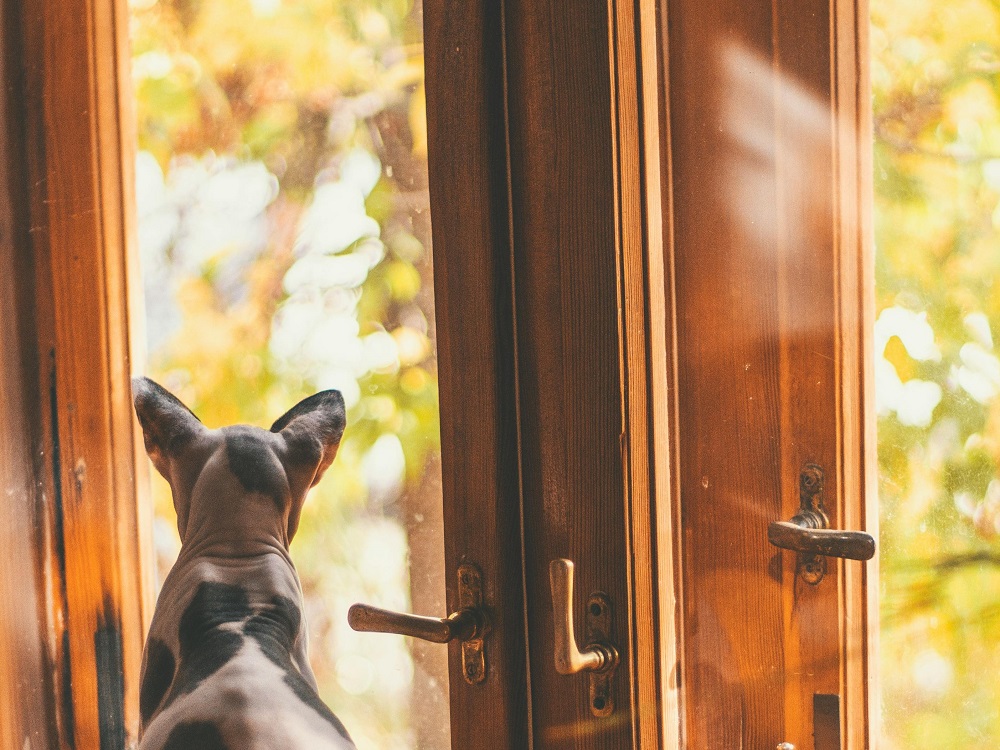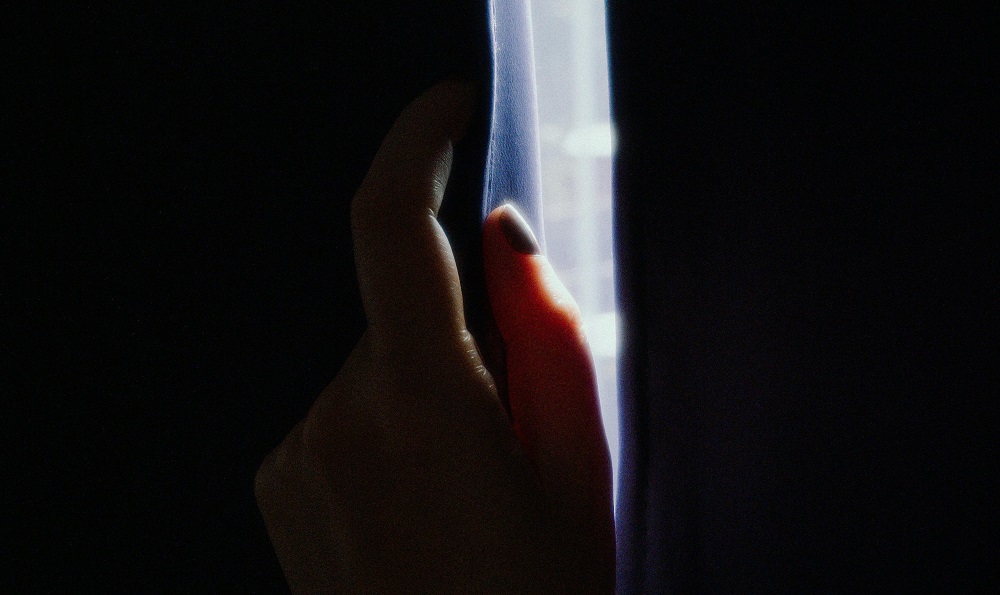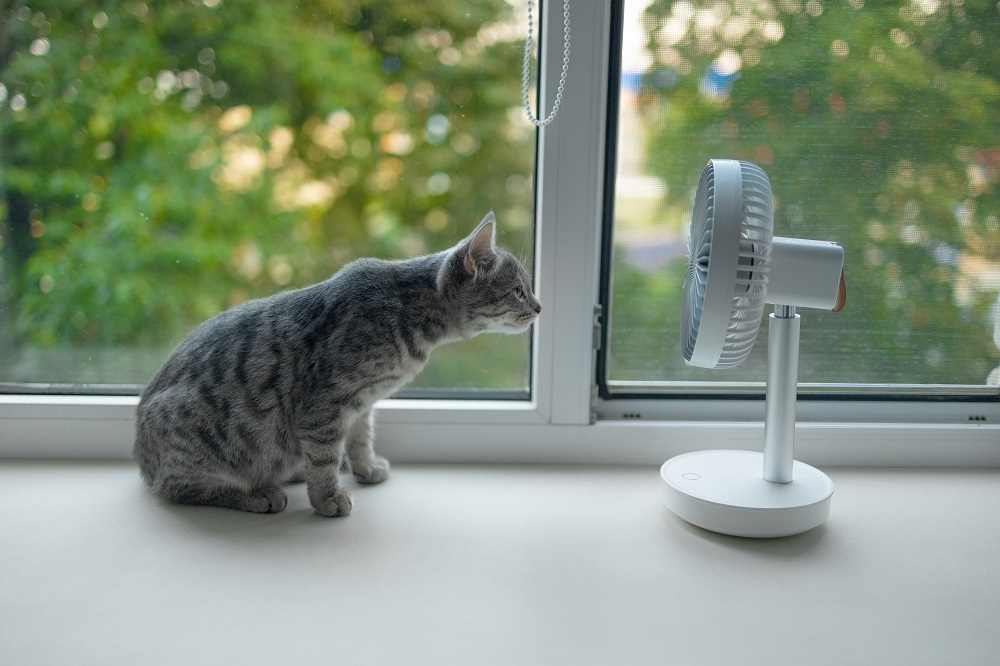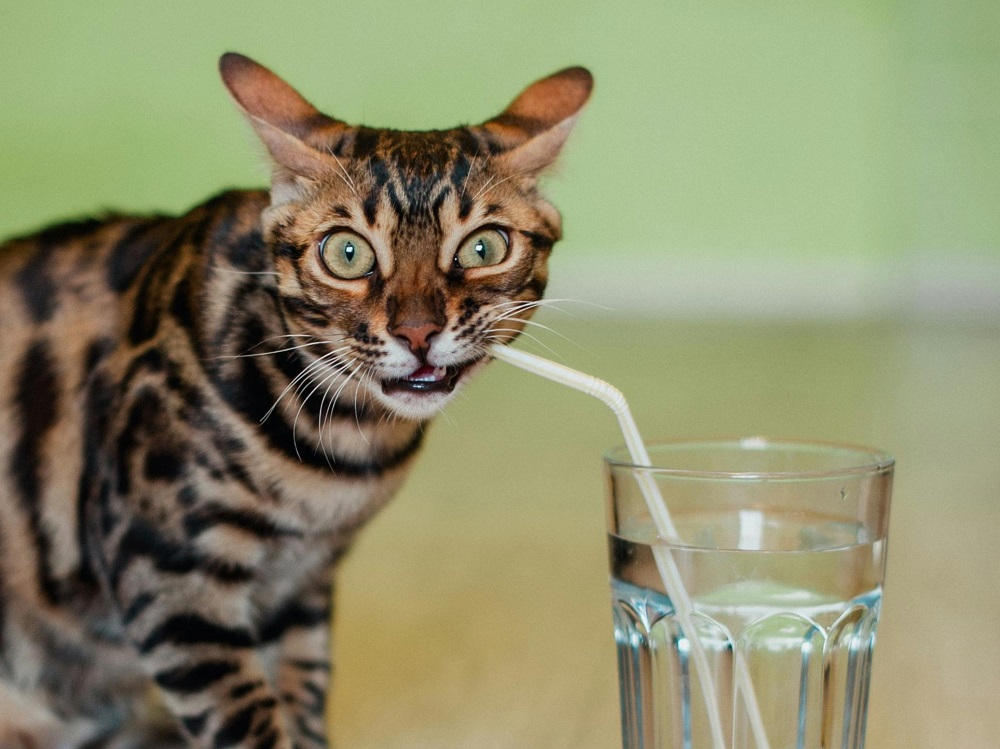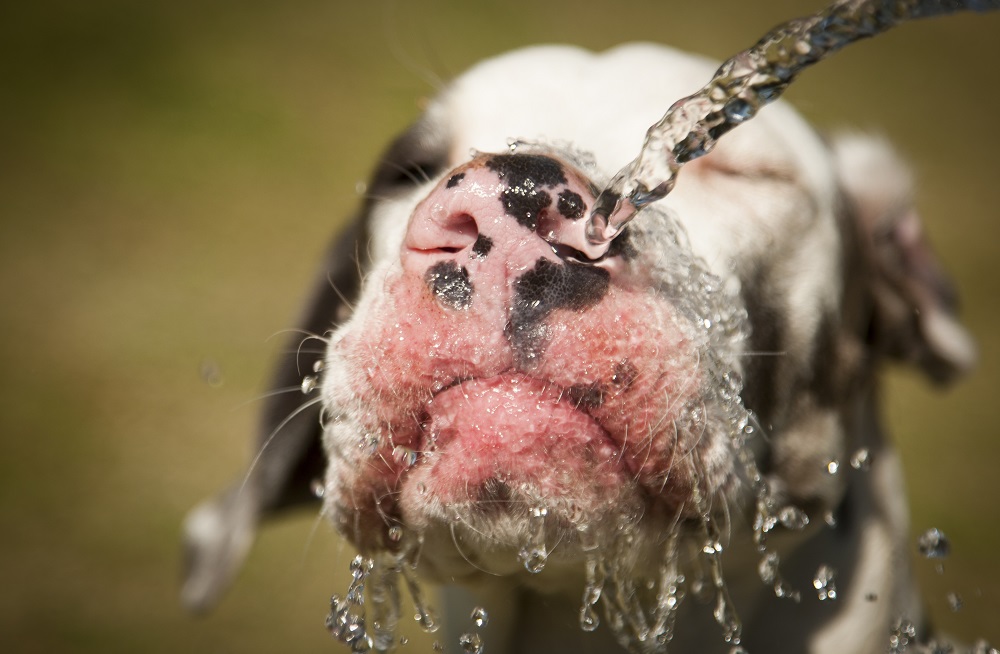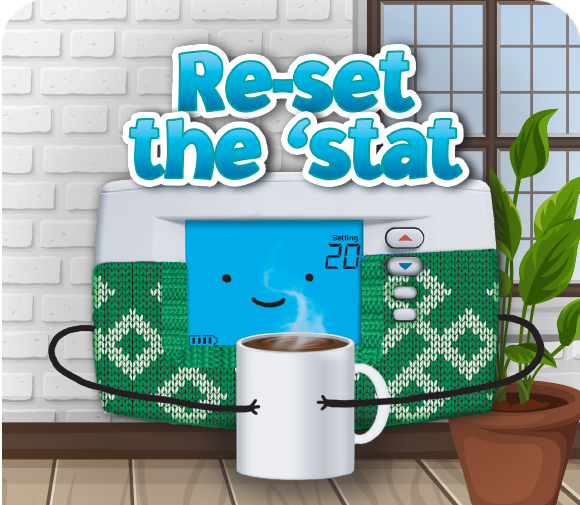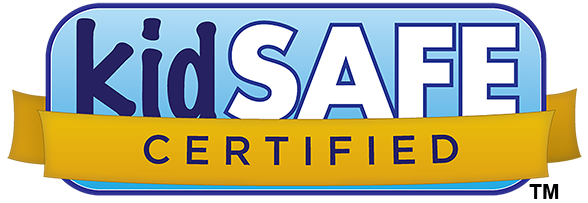Make Your Own Earth-Friendly Paper
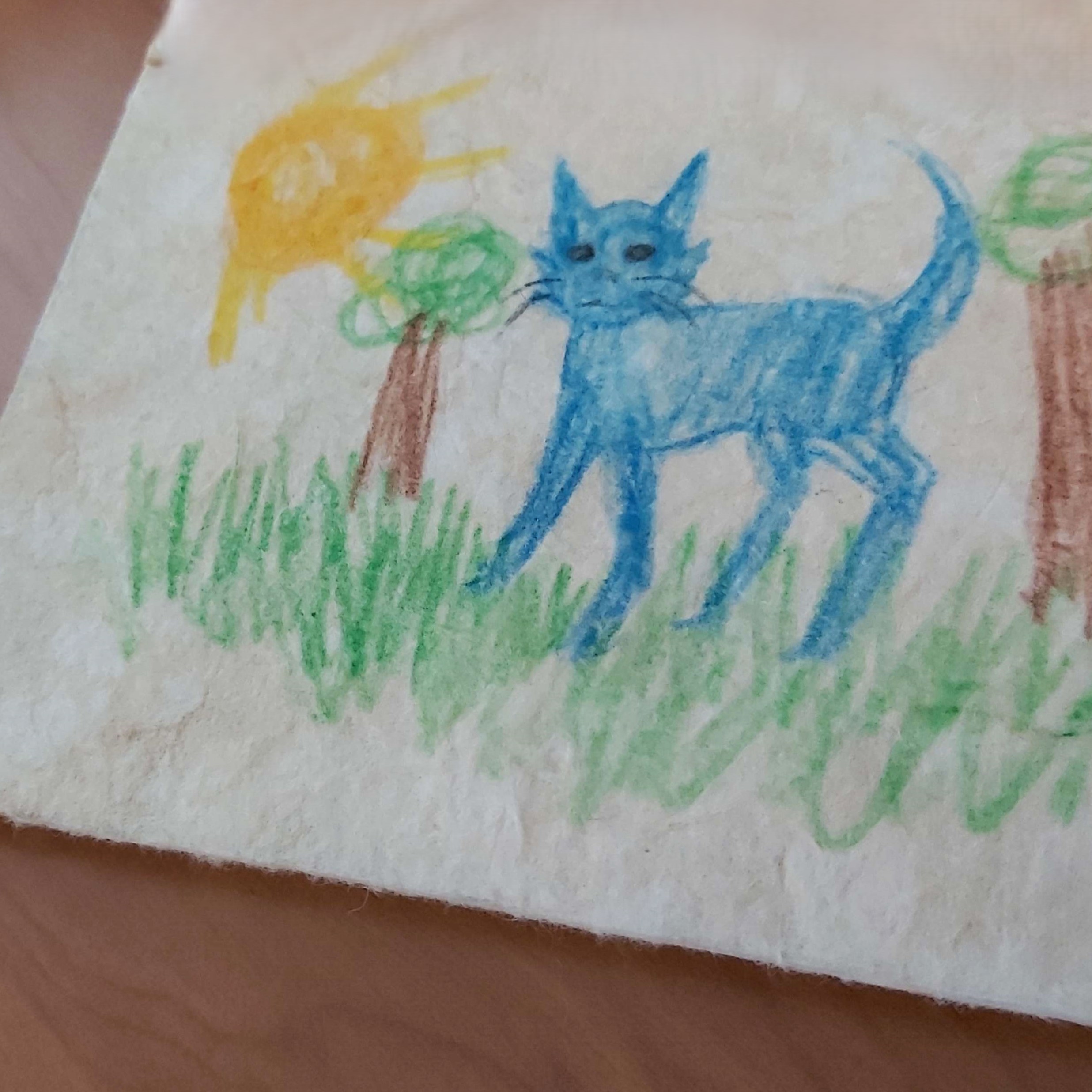
Have you ever made your own paper? It’s not just fun, it’s also super earth-friendly!
Here’s what you need:
- Scrap paper: newspapers, flyers, or construction paper (whatever you can find!)
- Blender or food processor
- Cookie sheet
- Wire hanger (or sturdy sticks taped together to make a rectangle shape)
- Warm water
- Cutting board
- Cloths
- A reusable fine mesh cloth (or old pantyhose)
- Help from a grown-up
TIP: Don’t worry if you don’t have all the exact items listed. You can use alternatives if you need to!
Here’s how you make it:
Step 1: Tear your scrap paper into small pieces and put them into a mixing bowl. Fill the mixing bowl with warm water and leave your paper scraps to soak for 30 mins.

Step 2: While your paper is soaking, it’s time to make your screen. This will help your homemade paper turn out nice and flat!
Ask a grown-up to help you bend the wire hanger into a rectangle shape. You can also use sturdy sticks taped together.
Then, stretch the mesh cloth (or old pantyhose) over your rectangular frame to make a screen. You can use tape to secure the edges if needed.
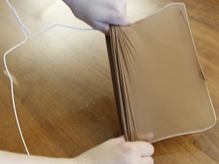
Step 3: Are the 30 minutes up? Great! Let’s turn your paper scraps into mushy pulp!
Ask a grown-up to help you to put the paper scraps into the blender or food processor. Blend the paper until it turns into a mushy pulp. You may need to add a little bit more warm water if the paper isn’t shredding properly.
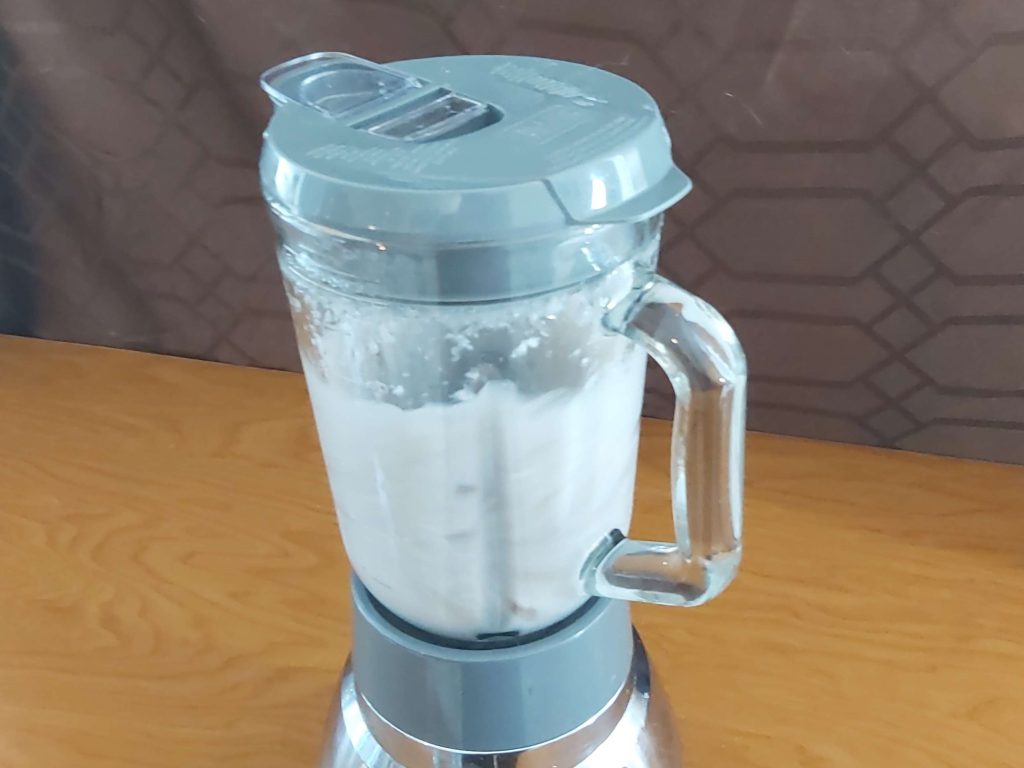
Step 4: Now it’s time to shape your paper pulp into a sheet! Place your homemade screen over a cookie sheet and pour your paper pulp over the screen until it is evenly spread. Don’t worry if you have extra pulp, it means you can make another sheet!
TIP: If your pulp is too thick, put it back in the blender with more water and mix again.
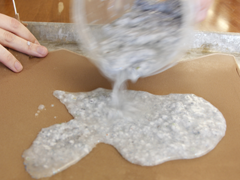
Step 5: Let’s press out the extra water and flatten your paper! Put a clean cloth over the pulp and place your cutting board on top. Squeeze the cutting board and cookie sheet together as hard as you can.
Carefully lift the cutting board and use a sponge to press down on the cloth to soak up more water. Absorb as much water as you can. The more water you absorb, the faster your paper will dry
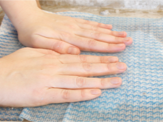
Step 6: It’s time to remove your paper from the screen. Flip your screen over so the cloth is facing downward and gently scratch the screen with your fingers or a spoon. This will help the paper come off the screen.
TIP: If the cloth is too wet, you can replace it before flipping the screen.
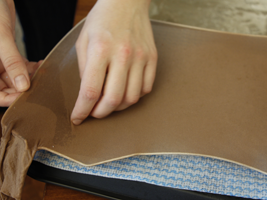
Step 7: Carefully remove your screen and set your paper and cloth aside to dry. Once it’s completely dry, carefully peel off your paper.
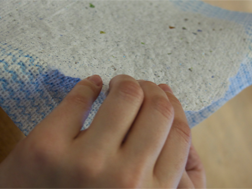
Step 8: To flatten your paper, put it between two books for a while. Once it’s flattened to your liking, CONGRATULATIONS! You’ve made your own homemade paper!
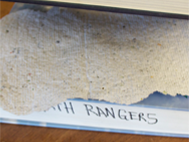
Ready to take your homemade paper to the next level? Use it to create something awesome for our “Christmas in July” contest! Remember, the more creative you get, the more points you’ll earn! So grab your art supplies and let your imagination soar! Good luck!


